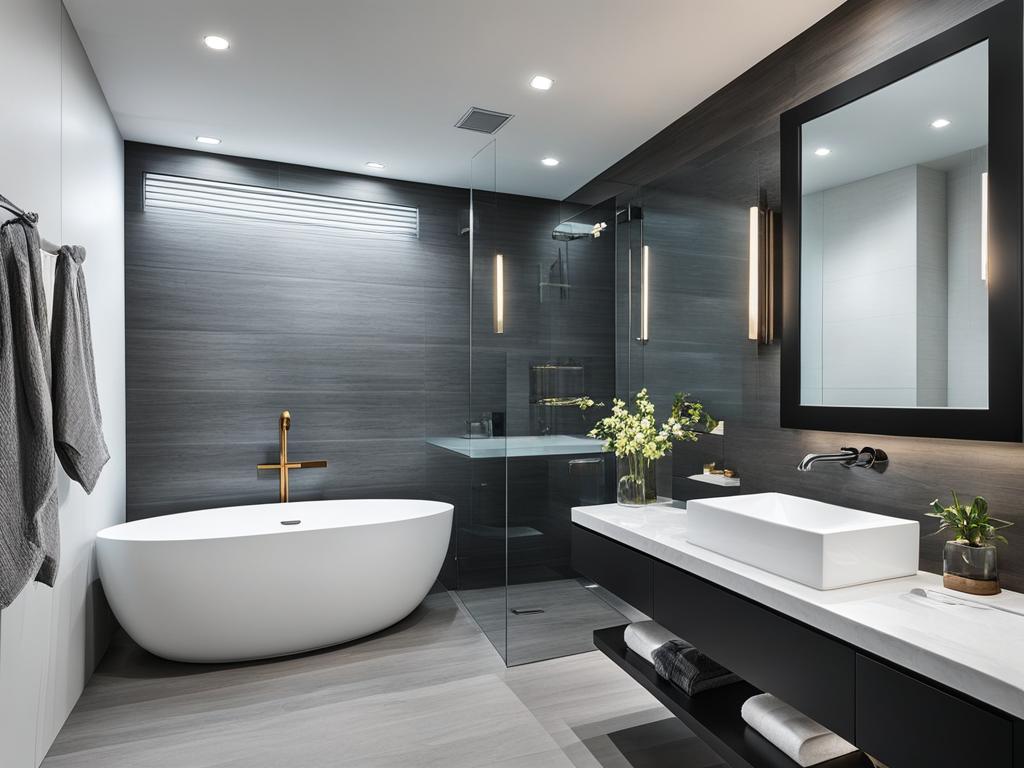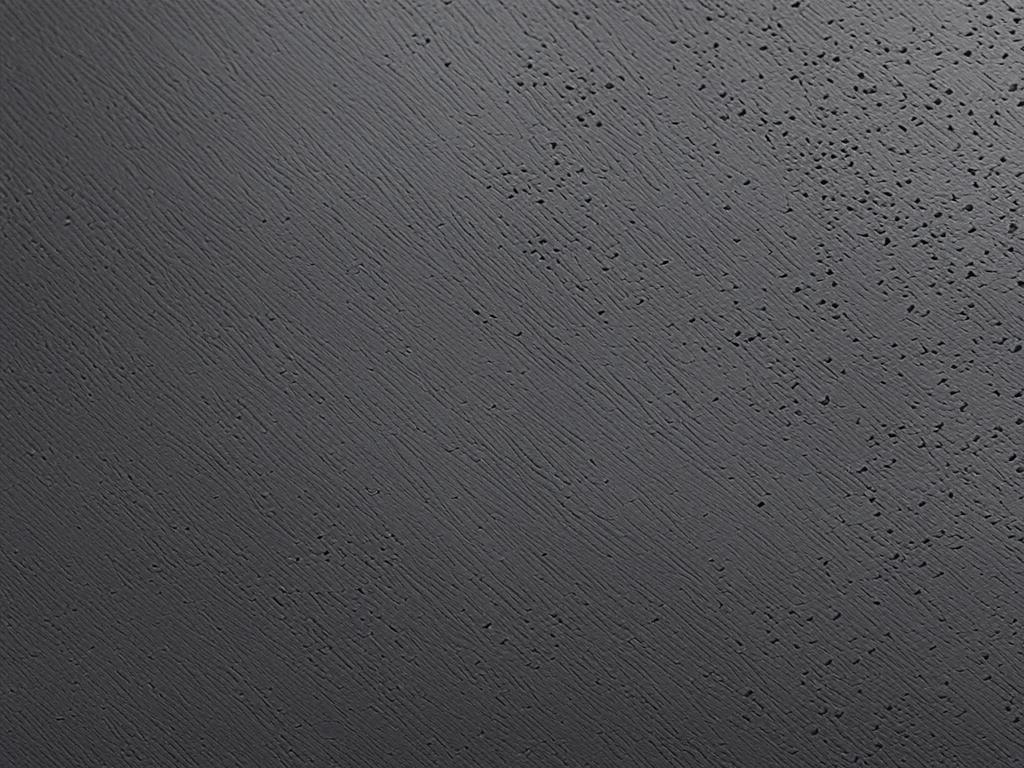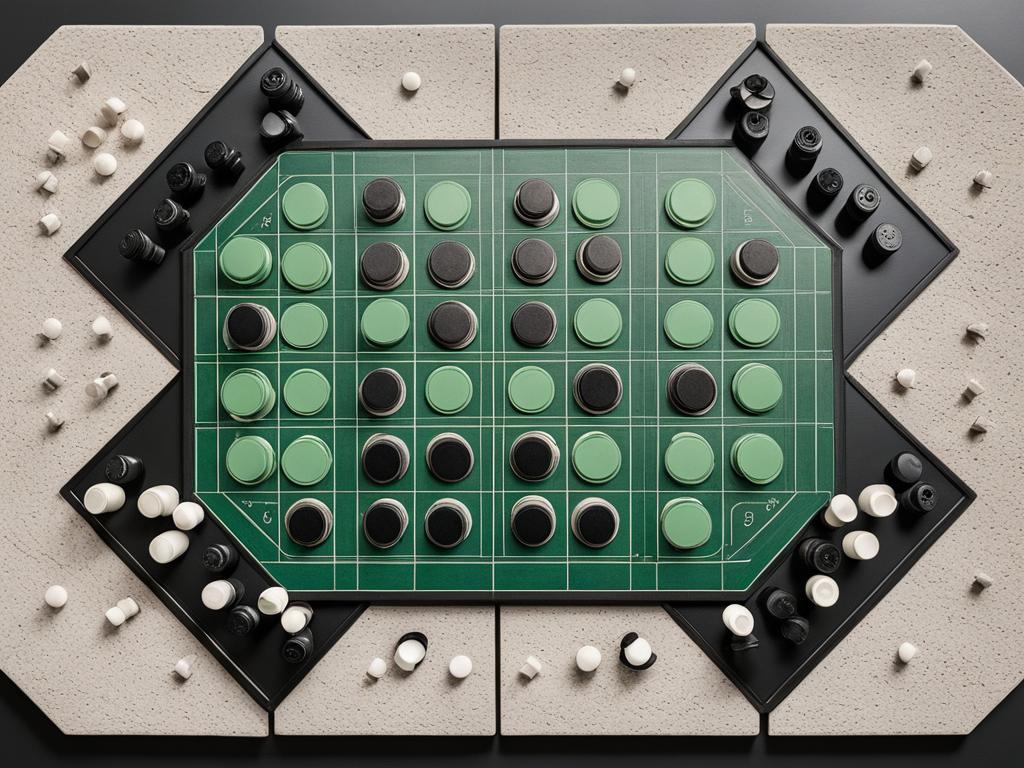When it comes to choosing the right backer board for your construction projects, the decision between go board and cement board plays a crucial role. Understanding the differences and weighing their advantages and uses is essential in making the best choice for your specific needs.
Key Takeaways:
- Comparing go board and cement board helps in determining the most suitable option for your project.
- Go board offers advantages such as being lightweight, easy to cut, and providing insulation and waterproofing properties.
- Cement board is a durable option for both dry and wet areas with stability and a stable base for tile installations.
- Considering factors like weight, ease of installation, and desired properties is crucial for making the right choice.
Go Board: Advantages and Uses
When it comes to construction projects, go board, also known as foam backer board, proves to be a versatile and beneficial choice. Its unique properties and advantages make it a preferred option for various applications. From ease of installation to superior performance, let’s explore why go board is highly regarded in the construction industry.
Advantages of Go Board
1. Lightweight:
One of the key advantages of go board is its lightweight nature. Unlike traditional cement boards, go board is significantly lighter, making it easier to handle and transport. This characteristic simplifies the installation process and reduces the physical strain on contractors.
2. Easy to Cut:
Go board can be easily cut to fit the desired dimensions, allowing for accurate and efficient installation. This feature saves time and effort, enabling contractors to complete projects more quickly and effectively.
3. Insulation and Waterproofing:
Go board provides excellent insulation properties, helping to regulate temperature and improve energy efficiency. Additionally, it is waterproof, making it an ideal choice for areas prone to moisture exposure, such as showers and bathrooms. Its waterproofing capabilities prevent water damage and enhance the longevity of the construction.
4. Stability and Soundproofing:
Go board offers stability and rigidity, providing a solid base for tile installations. It helps minimize movement and flexing, ensuring long-lasting and durable results. Furthermore, go board has soundproofing qualities, reducing noise transmission between floors and rooms.
With these advantages in mind, it’s clear that go board is a reliable and efficient option for various construction projects, particularly those that require insulation, waterproofing, stability, and soundproofing.

| Advantages of Go Board | Uses |
|---|---|
| Lightweight | Showers |
| Easy to Cut | Bathrooms |
| Insulation and Waterproofing | Tile Installations |
| Stability and Soundproofing | Energy-Efficient Buildings |
Cement Board: Advantages and Uses
Cement board is a widely-known backer board that has stood the test of time. It offers several advantages in construction projects and is commonly used in both residential and commercial settings. Let’s explore the key advantages of cement board and its various uses.
Advantages of Cement Board
Cement board provides a range of benefits that contribute to its popularity in the construction industry. Some of the notable advantages include:
- Durability: Cement board is known for its exceptional durability and longevity. It can withstand heavy impact, making it an ideal choice for high-traffic areas.
- Moisture Resistance: One of the significant advantages of cement board is its ability to resist moisture. Unlike other types of backer boards, cement board does not swell or disintegrate when exposed to water, making it suitable for wet areas such as showers and tub surrounds.
- Fire Resistance: Cement board is also fire-resistant, providing an extra layer of safety to your construction projects. It helps to slow down the spread of fire, offering valuable time for evacuation and reducing property damage.
- Stability: The stability offered by cement board makes it an excellent choice for tile installations. It provides a solid and even surface for tile adhesion, ensuring long-lasting installations.
- Versatility: Cement board can be used on both floors and walls, making it a versatile option for various construction applications. Whether you’re working on a bathroom renovation or a kitchen backsplash, cement board can deliver exceptional results.
Uses of Cement Board
Thanks to its advantages, cement board finds extensive use in a range of construction projects. Some common uses of cement board include:
- Tile installations in wet areas like bathrooms, showers, and tub surrounds
- Exterior siding and cladding
- Outdoor kitchens and BBQ areas
- Fireplace surrounds and hearths
- Backsplashes in kitchens
With its durability, moisture resistance, stability, and versatility, cement board is a reliable choice that provides a solid foundation for your construction projects.

| Advantages of Cement Board | Uses of Cement Board |
|---|---|
| Durability | Tile installations in wet areas |
| Moisture Resistance | Exterior siding and cladding |
| Fire Resistance | Outdoor kitchens and BBQ areas |
| Stability | Fireplace surrounds and hearths |
| Versatility | Backsplashes in kitchens |
Conclusion
When choosing between go board and cement board for your construction project, it’s essential to consider your specific needs. Go board has its advantages, including its lightweight nature, ease of cutting, and insulation and waterproofing properties. This makes it an excellent choice for areas prone to moisture exposure, such as bathrooms and showers. Additionally, go board offers stability and soundproofing benefits, making it reliable for tile installations.
On the other hand, cement board is a reliable and durable option suitable for both dry and wet areas. Despite being heavier and more challenging to cut compared to go board, it provides a stable base for tile installations and can withstand moisture without falling apart. Cement board is commonly used in showers, tub surrounds, and floors due to its durability and affordability.
To make the best choice between go board and cement board, consider factors such as the weight, ease of installation, and desired properties for your project. Assess the specific requirements of your construction project and prioritize what matters most to you—whether it be lightweight convenience and insulation or durability and reliability. By carefully evaluating these aspects, you can confidently determine the most suitable backer board for your needs.
FAQ
What is the difference between go board and cement board?
Go board, also known as foam backer board, is lightweight, easy to cut, and provides insulation and waterproofing properties. Cement board is durable, readily available, and suitable for wet areas.
What are the advantages of using go board in construction projects?
Go board is lightweight, easy to handle and transport, and provides insulation and waterproofing properties. It is also stable and offers soundproofing properties, making it suitable for tile installations.
What are the advantages of using cement board in construction projects?
Cement board is durable, relatively inexpensive, and can withstand moisture without falling apart. It provides a stable base for tile installations and is suitable for both floors and walls.
Is go board suitable for wet areas?
Yes, go board is waterproof and can be used in areas prone to moisture exposure, such as showers and bathrooms.
How does cement board compare to go board in terms of weight and ease of installation?
Cement board is heavier than go board and may be more difficult to cut. However, it is still a reliable option for construction projects.
Which backer board is the best choice for my project?
The choice between go board and cement board depends on the specific needs of your project. Consider factors such as weight, ease of installation, and desired properties, such as insulation and waterproofing.
